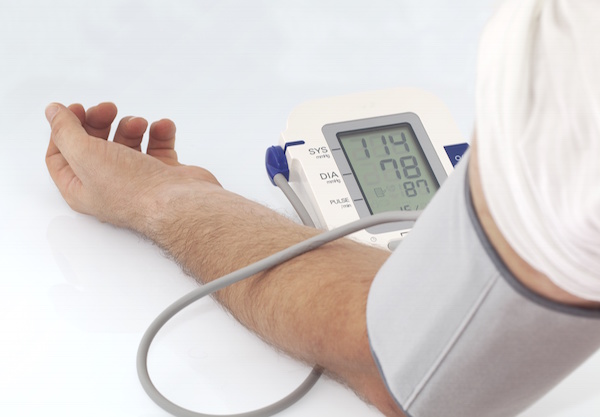
TUESDAY, Feb. 1 (HealthDay News) — Despite some improvements, far too many Americans have out-of-control blood pressure and cholesterol levels — both primary risk factors for heart disease, federal health officials warn.
According to the latest report from the U.S. Centers for Disease Control and Prevention, one-third of U.S. adults have hypertension (high blood pressure), about the same proportion as 10 years ago.
Perhaps more distressing, only 46 percent had the condition controlled, despite the fact that the majority have some form of health insurance — meaning they could be accessing care — and 70 percent were actually being treated with blood pressure-lowering drugs.
The CDC reported similar numbers for cholesterol — one in three U.S. adults have high “bad” cholesterol, but only one-third of them have their cholesterol under control. Only 48 percent are actually treated for the condition. Again, the majority of those affected had health insurance, either public or private.
Together, said CDC director Dr. Thomas R. Frieden, “100 million U.S. adults — or nearly half of all adults in the U.S. — have either high blood pressure or high cholesterol.”
“Heart disease is the leading killer in America, and high blood pressure and high cholesterol are out of control for most Americans who have these conditions,” continued Frieden, who spoke at a Tuesday news conference. “Although there has been progress in the past decade, it hasn’t been nearly enough.”
Heart disease and stroke cost the country nearly $300 billion a year in direct medical costs alone, he said, costs that are projected to triple by 2030.
Dr. Howard Weintraub, clinical director of the Center for the Prevention of Cardiovascular Disease at NYU Langone Medical Center in New York City, attributes part of the problem to “therapeutic inertia,” where physicians aren’t adequately motivated to treat the patient, either out of fear that medication could harm the patient or because they’re not familiar with the degree of benefit of the medications.
And, in some cases, effective treatment can even be counterproductive because some people think cholesterol levels lowered by statins are “a credit card [that means they can] eat indiscriminately,” he said.
According to two reports published in the Feb. 1 issue of the Morbidity and Mortality Weekly Report that analyzed data from the massive National Health and Nutrition Examination Survey (NHANES), control rates for high blood pressure and high cholesterol were especially low among Mexican Americans and people with low incomes.
Not surprisingly, blood pressure and cholesterol levels were also less well controlled among individuals who did not have health insurance.
“Having insurance is necessary but not sufficient to have these conditions controlled,” Frieden said. “How likely they are to have this under-controlled is determined by the system they’re cared for [rather] than by their personal characteristics, if they have coverage.”
The Affordable Care Act offers free screenings for both blood pressure and cholesterol. Meanwhile, certain health care systems have managed to improve blood pressure control, and these systems might be models to emulate, he noted.
Other initiatives, such as the U.S. Department of Agriculture dietary guidelines released Monday and movements to reduce salt and trans fat intake should also help, he said.
The CDC’s just-released “Vital Signs” report on hypertension and high cholesterol urges a comprehensive approach that involves improved access to care, better preventive care and better patient adherence. The agency is also working on initiatives to promote staying active, eating well and maintaining a healthy weight.
“The leading preventable cause and leading cause of death is cardiovascular disease, and the leading causes of that include high blood pressure and high cholesterol,” Frieden concluded. “Although there has been progress in recent years, it’s far too little, and still most Americans with these conditions don’t have them under control.”
More information
The American Heart Association has a tool to help gauge your risk of heart disease.

